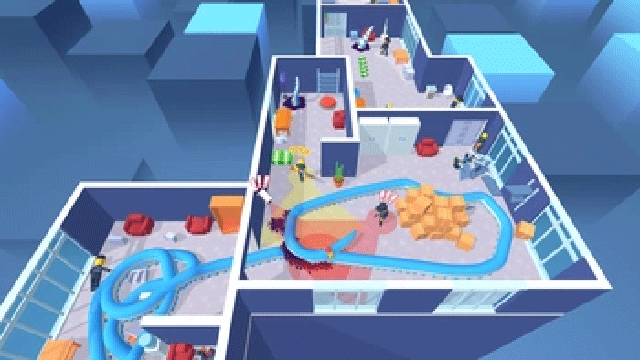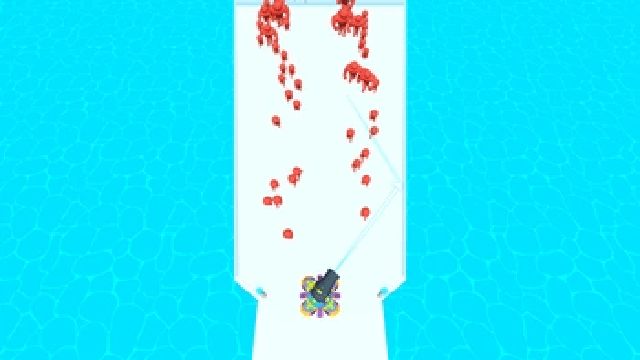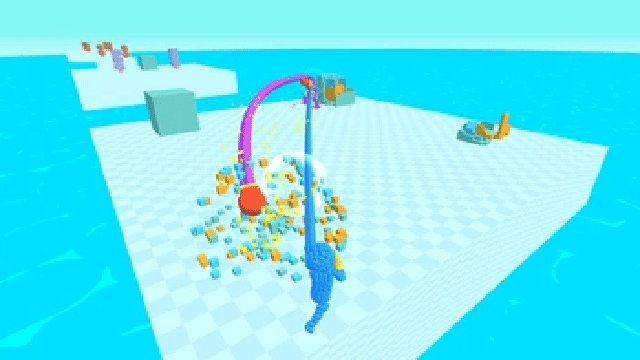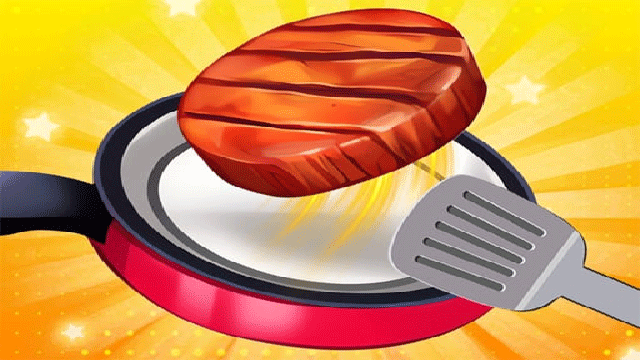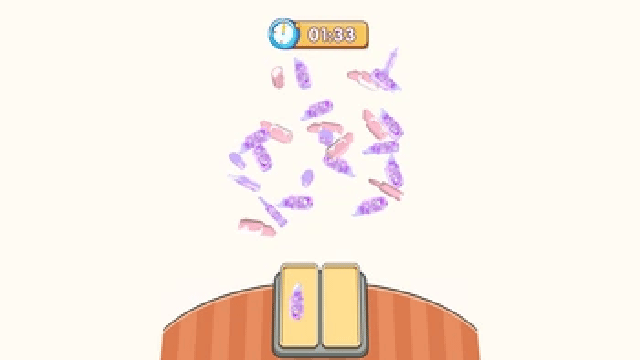Our cats are creatures of mystery, but their anatomy needn’t be an enigma too. At Purina, we’ve put together this guide to cat anatomy so you can understand all that’s going on inside your furry friend.
We spend so much time snuggling and petting our cats and obsessing over their adorable looks, but not many of us actually know what’s going on inside. If you love cats as much as we do, you’ll probably be wanting to find out everything you can about these mysterious creatures, so we’ve put together this guide to cat anatomy to give you a peek into what’s happening inside your four-legged friend.
All about cat anatomy
When we have to take our furballs to the vet, we often nod and smile as they go through various cat anatomy terms, but very few of us will actually stop to ask “where is that located?” or “what’s that responsible for doing?” The internal workings of your cat are rather amazing, keep reading to discover everything from the structure of their ears to the amount of bones in the average cat’s body.
Cat ear anatomy
You’ll all be familiar with the adorable triangle shape of your cats’ ear (also known as the pinna), but did you know this serves a far greater purpose than just appearing cute? The pinna is the part of your cat’s ear anatomy which is responsible for capturing any soundwaves and funnelling them into the ear canal and into the middle ear. According to Pet MD, your cat’s ears have loads of muscles so they can easily manoeuvre them and turn them toward sound, increasing their ability to hear even very quiet sounds.
The middle ear houses their eardrum and ossicles – these are small bones that vibrate with soundwaves which then get sent onto the inner ear. The inner ear is incredibly complex as it contains sensory cells which send electrical signals to the brain. The vestibular system is also located here which is responsible for balance and orientation – hence why your cat may feel off balance if they get an ear infection!
Cat teeth and their different purposes
Adult cats have 30 teeth in total and they serve 3 different purposes: holding food, chewing food and killing prey. Cat teeth are located in the alveolar socket within the jaw and are held in place by ligaments, cementum, soft tissue and bone. You may be surprised to learn that your cat’s teeth are made up of three unique substances: pulp – in the centre of the tooth, this contains cells, nerves and blood vessels; dentine – this covers the pulp; enamel – this is the protection for your cat’s teeth, it covers the crown and prevents teeth from becoming too sensitive.
Different types of cat teeth:
- Incisors: the small teeth at the front, which are used to hold prey.
- Canines: the long, sharp teeth used for hunting.
- Pre molars and molars: these are for chewing and cutting through meat and bone.







